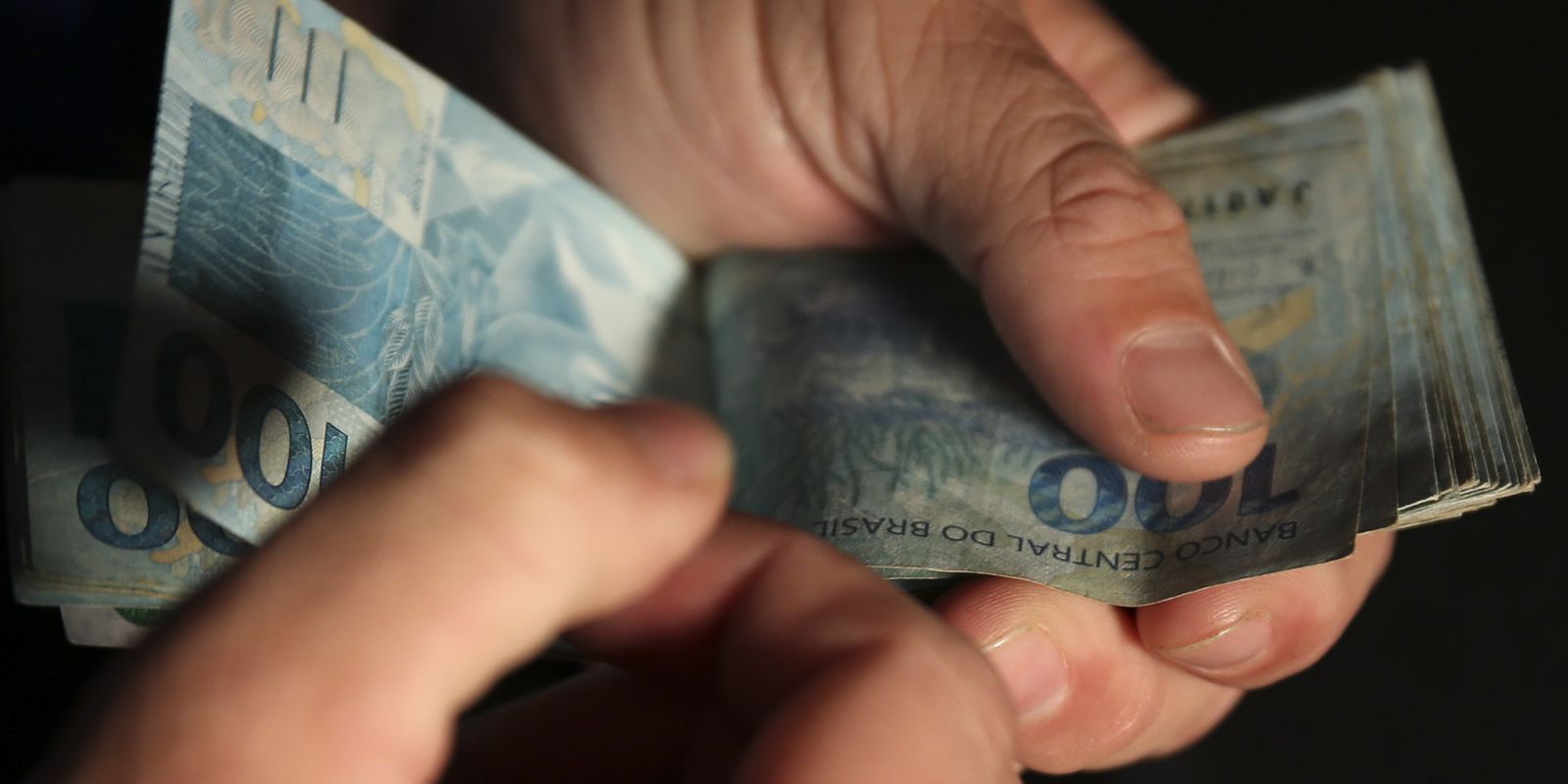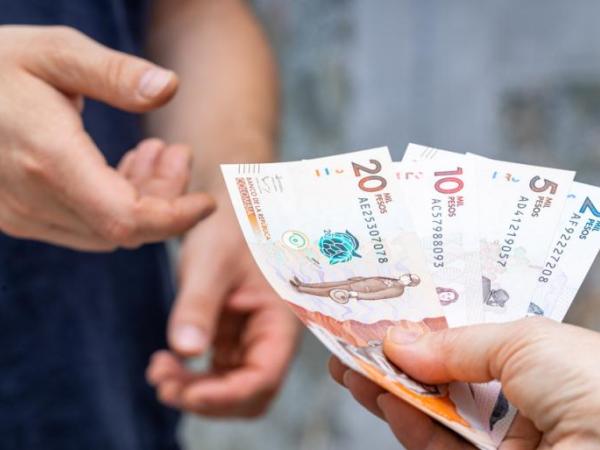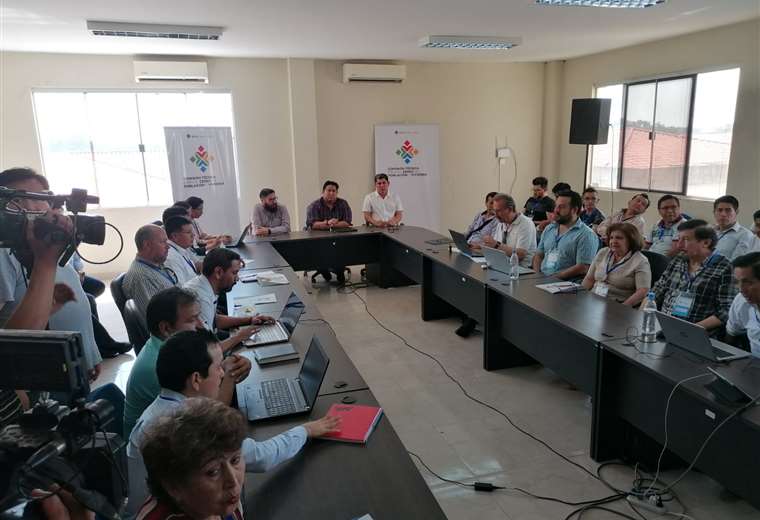A low-risk investment that yields more than a savings account, accessible by cell phone or computer. Existing since January 2002, the Treasury Direct has been selling public securities to individuals over the internet for over 20 years and continues to break records.
In September alone, according to the most recent data, Treasury Direct sold BRL 3.198 billion in government bonds. Currently, there are R$ 99.9 billion invested in the program. The number of investors reached 21,161,249, according to the latest statistics, with 495,350 new participants registered in September alone.
how to invest
Before January 2002, individuals could not buy government bonds. They needed to buy shares of investment funds that operated in the market. The Direct Treasury solved the problem and eliminated intermediaries, by allowing the citizen to apply and manage the resources.
To apply in the Treasury Direct, the individual needs to open an account at a stockbroker or a bank. The list of financial institutions registered in the program is available at Direct Treasure page on the Internet. The account holder only needs to enter the application or the website of the financial institution to make the application.
For transactions carried out during trading hours, from 9:30 am to 6:00 pm on business days, government bonds are cleared in the client’s account on the following business day. After this time, the purchase takes up to 48 hours to settle. The deadlines are the same for the investor who wants to get rid of the papers and redeem the money invested.
fees
Until a few years ago, banks and brokerages charged an administration fee, but nowadays few institutions charge the fee. Normally, the only fee charged is for the custody of government bonds by B3, the Brazilian stock exchange. It fell from 0.25% to 0.2% per year of the total invested, being charged in two installments of 0.1%, one on the first business day of January and the other on the first business day of July.
In addition, in August 2020, investments of up to BRL 10,000 in the Treasury Selic, a security adjusted by the economy’s basic interest rates, became exempt from the custody fee. Only balances above this amount applied to the Selic Treasury are charged.
In addition to the semi-annual charges, the custody fee is levied on the payment of interest, the sale of the security to third parties or the closing of the investor’s position, with the form of collection defined by the event that occurs first.
Profile
To avoid surprises and losses, investors need to follow some recommendations. Anyone who wants to set up an emergency reserve, in which the money can be withdrawn at any time without loss, and to obtain returns greater than savings, must invest in the Selic Treasury.
In this modality, the resources yield the equivalent of the Selic rate (basic interest in the economy), currently at 13.75% per year. Savings earns 6.17% per year (0.5% per month) plus the Referential Rate (TR), a floating-rate interest rate. In the last 12 months, savings yielded 7.46%, less than half of the Selic Treasury.
The other modalities require care in relation to the redemption period and the investor’s objective. This is because the investor who wants to redeem the bonds before the deadline will receive the value of the paper in the financial market, generally lower than the value that the investor will receive from the National Treasury at the maturity of the paper.
The ideal is for the account holder to carry the bonds until maturity and know that he will not be able to move the papers in an emergency. If you enter the statement and see that the security is worth less than when you invested, the investor need not worry. Just keep the money until maturity and you will receive the money corrected by the rate agreed with the National Treasury.
medium and long term
Anyone who wants to save the money in the medium term – from two to five years – to take a trip or buy a car, can apply to the fixed-rate Treasury, which pays rates defined in advance and which do not vary. In this case, the client needs to be aware that this paper is only advantageous when the Selic rate has stopped rising or is close to starting to fall. If you buy this type of security at a time when the Selic rate rises, you will not lose money in nominal values, but you will see the investment yield less than the Selic Treasury.
Investors interested in saving money in the long term – from five to 30 years – can invest in the IPCA Treasury, which yields the equivalent of official inflation by the Broad National Consumer Price Index (IPCA) plus fixed interest. These papers are best suited for those thinking about saving for retirement and wanting to protect their money from inflation. As with fixed-rate securities, the money cannot be withdrawn before maturity, under the risk of the customer receiving the market value and being at a loss.
In relation to the IPCA Treasury, the customer who wants to save should avoid buying coupon bonds (income paid every six months to the customer). The coupon payment is only valid for those who want to live on passive income and have a lot of money, at least R$ 1 million, invested in this type of paper. Otherwise, it is better to buy the regular IPCA Treasury and leave the amount that would be received as a coupon yielding interest compounded every month.
Taxes
Unlike the savings account, Treasury Direct income is taxed. Transactions with less than 30 days pay Tax on Financial Transactions (IOF), which starts at 96% of income on the first day and drops to 0% on the 30th day.
Treasury Direct also pays Income Tax, through a regressive table. Until the second year of investment, the longer the time the money is invested, the lower the tax. The rates start at 22.5% for applications of up to 180 days, drop to 20% from 181 to 360 days and to 17.5% from 361 to 720 days. After this period, the Income Tax is 15%.
Taxation, both in the IOF and in the Income Tax, occurs only on the income, not on the amount invested. Thus, those who redeem before the deadline and have a loss in relation to the total invested, will pay 0% income tax. More information can be obtained at site from the program .
The biggest advantage of Tesouro Direto is the low risk of default. This is because the guarantor of the investment is not a financial institution, but the National Treasury itself. In addition, the fact that it is a fixed income investment eliminates the risks normally associated with variable income investments, such as the stock market.









